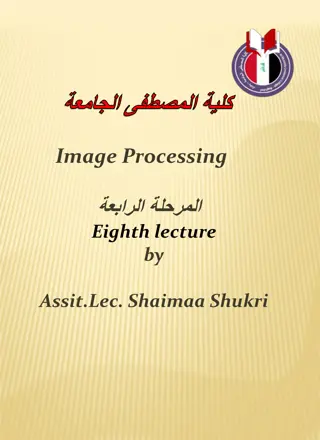
Signal Energies and Powers: Understanding Signal Manipulations
Learn about signal energies and powers by analyzing different signals in Figure 1.3a to 1.3e. Understand the effects of doubling, time-shifting, compression, and expansion on signal energy and power. Explore the characteristics of everlasting exponential signals and differentiate between energy and power signals.
Download Presentation

Please find below an Image/Link to download the presentation.
The content on the website is provided AS IS for your information and personal use only. It may not be sold, licensed, or shared on other websites without obtaining consent from the author. If you encounter any issues during the download, it is possible that the publisher has removed the file from their server.
You are allowed to download the files provided on this website for personal or commercial use, subject to the condition that they are used lawfully. All files are the property of their respective owners.
The content on the website is provided AS IS for your information and personal use only. It may not be sold, licensed, or shared on other websites without obtaining consent from the author.
E N D
Presentation Transcript
Dr. Michael Dr. Michael Nasief Nasief
Show that the energies of the signals in Fig. 1.3a, 1.3b, 1.3c, and 1.3d are 4, 1, 4/3, and 4/3, respectively. Observe that doubling a signal quadruples the energy, and time effect on the energy. Show also that the power of the signal in Fig. 1.3e is 0.4323. Observe that doubling a signal quadruples the energy, and time- -shifting a signal has no effect on the energy. shifting a signal has no
Figure 1.7a shows a signal x(t). Sketch and describe mathematically this signal time- compressed by factor 3. Repeat the problem for the same signal time-expanded by factor 2.
EXERCISE E Show that an everlasting exponential e atis neither an energy nor a power signal for any real value of a. However, if a is imaginary, it is a power signal with power Px = 1 regardless of the value of a. EXERCISE E1.6 1.6



![Lec [2] Health promotion](/thumb/274962/lec-2-health-promotion-powerpoint-ppt-presentation.jpg)
